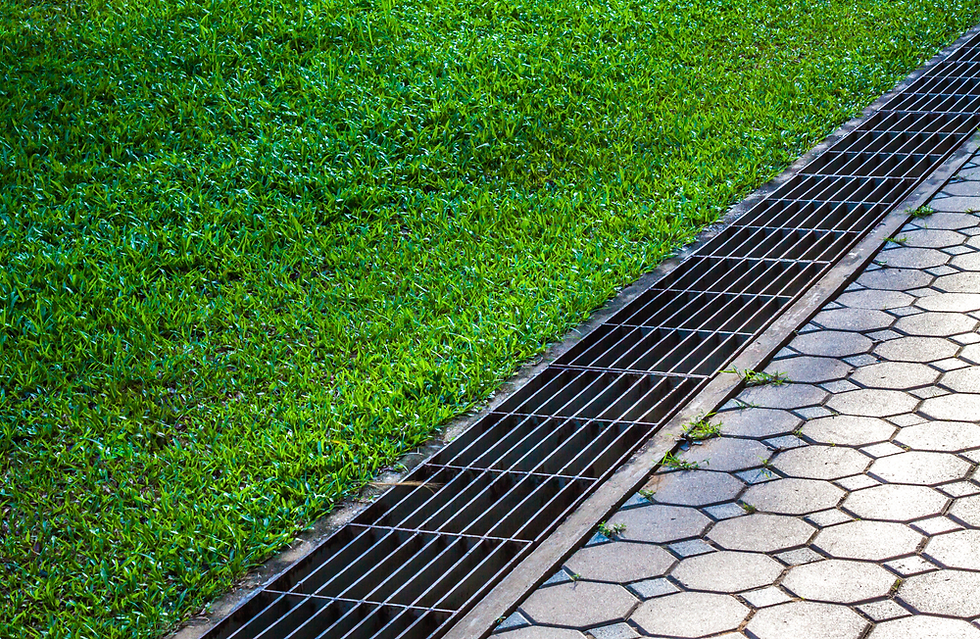What are the different plastering Techniques used by a plasterer?
- Mark Simon
- Apr 15, 2016
- 3 min read
Plastering is by no means child’s play. If someone is telling you that, he is definitely lying. There is a lot of skill involved in doing a good job of plastering walls and ceilings. Novice DIY jobs can often prove more costly, since it takes a lot more work to fix botched up plastering work. However, even if you still want to go the DIY route, it will help to at least learn about the different technique used by a plasterer. There are certain tools and implements which you require for doing the plastering all by yourself. You can save cost in this way, but it is always better to hire the professionals.
4 Different techniques used by a plasterer
There are two kinds of materials used in plastering- gypsum based materials, and the good-old cement. While gypsum is more suitable for indoor plastering, since it does not take moisture very well, cement is a tried and tested material that can be used both indoors and outdoors. There are many points that can help you achieve an artful plastering.
Roughcast finishing- This technique was commonplace among plasterers in the late 20th century. It basically involves a rough mixture of pebbles, shells, sand, and cement, which is then thrown on the wall with a trowel. The technique involves covering the entire wall evenly with the mixture. However, since the mixture itself is coarse, it gives a rough, almost rustic look to your walls. While not very common today, it is still used in country homes.
Modern stucco- This technique is used by a plasterer for exterior plastering. A mixture of lime, cement, water, and sand is made.
The proportions of the materials are decided by the plasterer. However, the mixture should be smooth, unlike roughcast finishing.
The walls are given three coats in this technique. First, the plasterer will scratch the wall and apply the first coat.
Once that has dried, the professional will apply the second coat, which is also called the brown coat. The final coat can either be the same mixture, or cement mixed with some color. It can also be a coat of some acrylic paint, depending on how you want your house to look from outside.
Drywall plastering- This is an indoor plastering technique where drywall is used to cover the walls of your room. Drywall is a synthetic material with a greenish tinge. Boards of drywall are screwed to your wall, and the seams between the board and the wall are plastered with drywall plaster.
Veneer plastering- This is similar to drywall plastering, where your walls are covered with gypsum boards. However, instead of just plastering the seams, the plasterer will plaster the entire boards. A very thin layer of plaster is used, which can be made from drywall or cement. Veneer plastering can be used to give different looks to your wall. Textured finishes are in vogue today. However, they can be high maintenance, especially if you live in an area where there is a lot of dust. Another kind of veneer plastering that is gaining popularity is Venetian veneer plastering. As the name suggests, this kind of plastering technique gives your home an old-world look.
It is always better to hire a professional plasterer
Plastering can make or break the aesthetics of your home, even if you will eventually paint the walls. A bad coat of plastering underneath will show through the paint. It is always a good idea to hire a professional plasterer for the job.
Ask your friends and family for recommendations. You could even visit some recently completed houses that you really like, and contact the plasterer who completed the walls and exterior.




.png)





Comments